Pitbull Is Not A Breed
Historically, the term 'pit bull' was a broad and informal label applied to any dog used in the inhumane practice of bull-baiting, which was popular in England from the 16th to the 19th centuries. Now outlawed worldwide, this activity involved dogs, regardless of their breed, seizing tethered animals, such as bulls, in an enclosed area known as a 'pit,' giving rise to the name' pit bull.' The term did not exclusively refer to the breeds we associate with pitbull-type dogs today. Instead, it encompassed numerous breeds and mixes used in bull-baiting, including various bulldog and terrier breeds and others like Mastiffs. For example, even a Mastiff would have been labeled a 'pit bull' if it was used for bull-baiting. It's important to note that the propensity for baiting is not an innate characteristic of any breed. Instead, it's a behavior taught and developed through training, much like teaching a dog to sit or fetch. Below, we cover the modern usage of the 'pitbull' label, list the specific breeds it includes today, and explore the history of pitbull-type dogs.
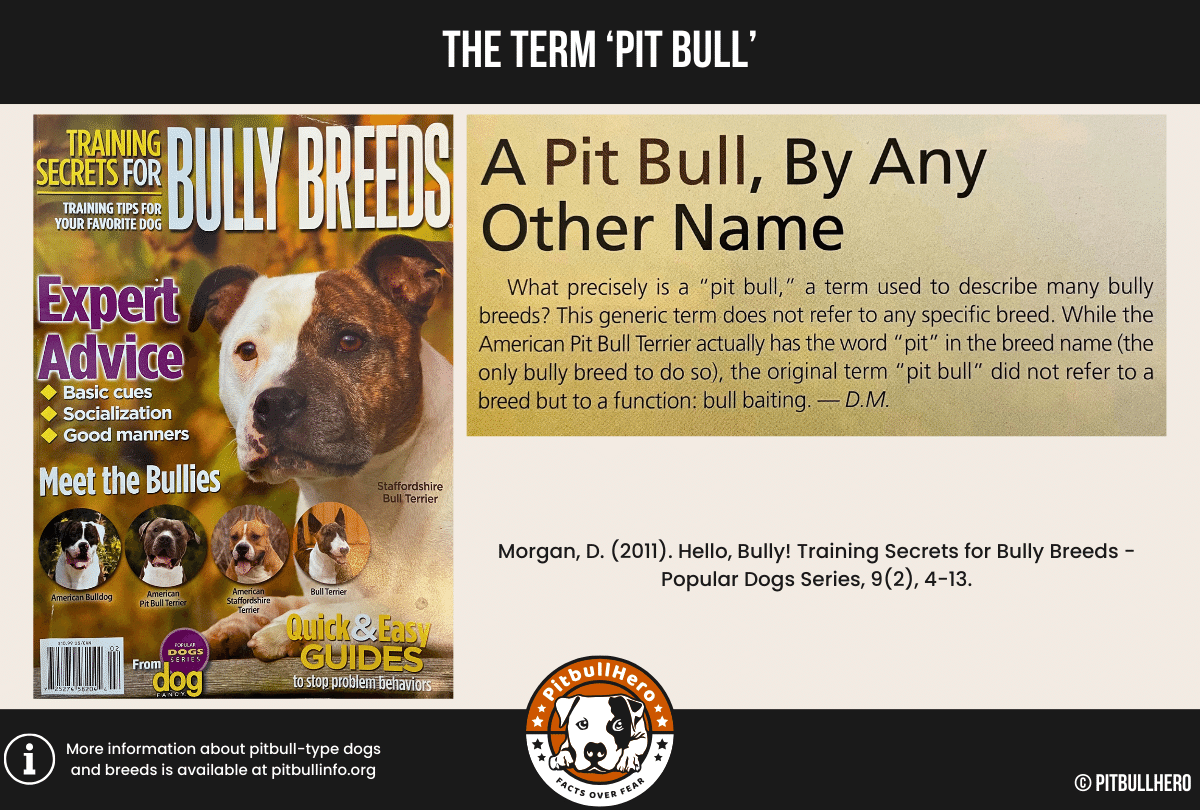
Modern Usage Of The 'Pitbull' Label 🏷️
Today, 'pitbull' has become an umbrella term loosely used to describe many different medium-sized, short-haired breeds and mixes with physical features typical of various bully-type breeds. While the American Pit Bull Terrier is the only formal breed with the term 'pit bull' in its name, over 20 different breeds and numerous mixes share physical traits common to those in the pitbull-type category. A recent study on canine genetics found that 98% of dogs with pitbull-type ancestry are mixed breed. Moreover, it revealed that most dogs with pitbull-type ancestry have less than 50% genetic makeup from pitbull-type breeds, making them, by definition, mixed-breed dogs (not 'pitbulls' or 'pitbull mixes'). Therefore, when a dog is casually or visually identified as a 'pitbull,' it is more likely to be a mixed breed, or even an entirely different breed, than one of the recognized pitbull-type breeds.
Note: Except for this section explaining the term 'pit bull,' our rationale for using 'pitbull' as a single lowercase word throughout this site is explained
here.
AKC & UKC Pitbull-type Breeds 🐶
Four breeds are commonly included in the pitbull-type category according to the breed standards set by the American Kennel Club (AKC) and the United Kennel Club (UKC), most of which belong to the Terrier Group. The American Pit Bull Terrier is the most athletic, with a medium build. The American Staffordshire Terrier has a slightly shorter and stockier physique. The Staffordshire Bull Terrier is the smallest of the group. The American Bully, not to be confused with the American Bulldog, is the most diverse with three specific sizes: pocket, standard/classic, and XL.
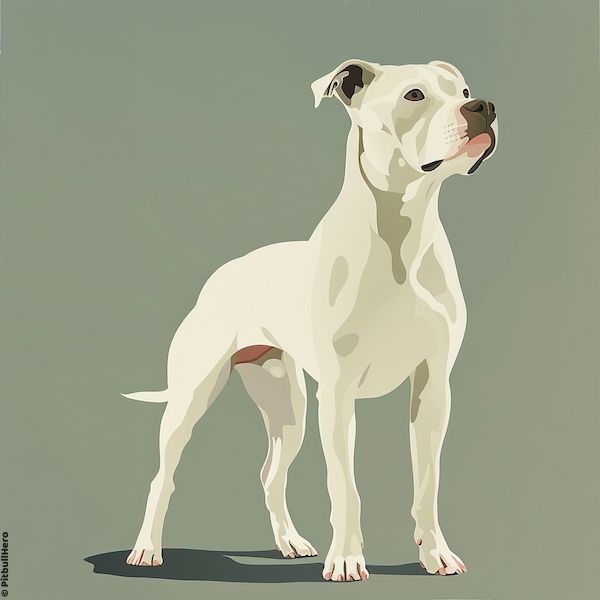
American Pit Bull Terrier
Weight: 30-60 lbs
Height: 17-21 inches
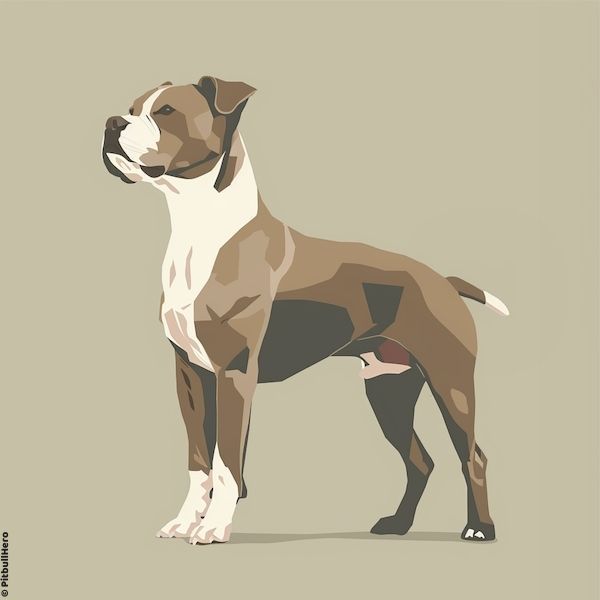
American Staffordshire Terrier
Weight: 40-70 lbs
Height: 17-19 inches
Staffordshire Bull Terrier
Weight: 24-38 lbs
Height: 14-16 inches
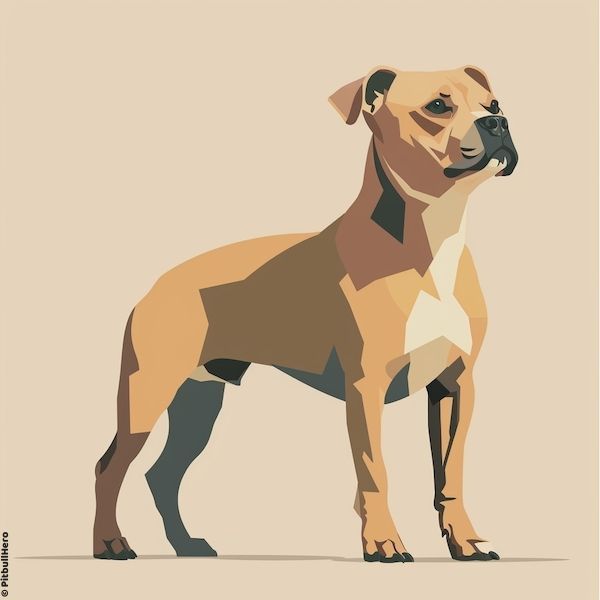
American
Bully
Weight: 30-130 lbs
Height: 13-23 inches
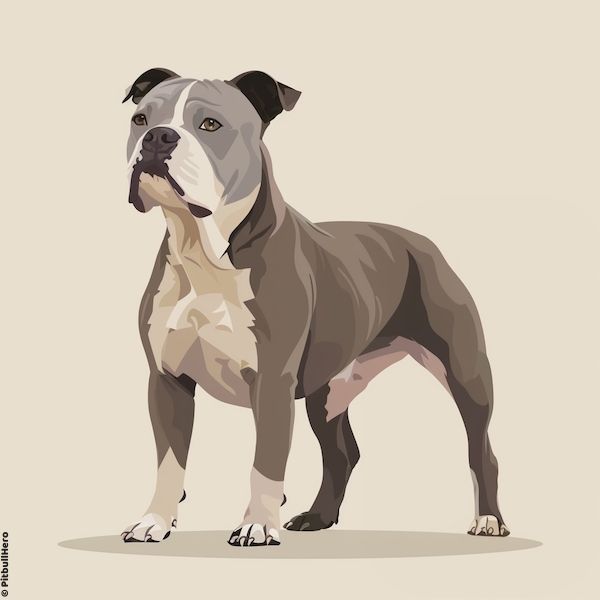
History Of Pitbull-Type Dogs 📑
Bred in early 19th century England, pitbull-type dogs, then called 'Bull and Terriers,' were crossbreeds between bulldogs and terriers. Their early history is rich and complex, as they were bred for a diversity of roles, from working on farms to herd, protect, and manage livestock to safeguarding homes. Unfortunately, their history also included participation in the inhumane practices of bull-baiting and dog fighting. It's important to note, however, that these cruel practices were not exclusive to what we recognize today as pitbull-type breeds; many different breeds were subjected to these now-illegal activities.
Throughout the 20th century, pitbull-type dogs rose in popularity and became one of America's favorite family pets. They even served as national symbols and appeared on World War I and II recruitment posters, earning them the title 'America's dog.' Today, pitbull-type dogs excel in various roles, including service and therapy dogs, K9 police dogs, and family companions. They are known for their excellent temperament and have become one of America's most popular dogs.
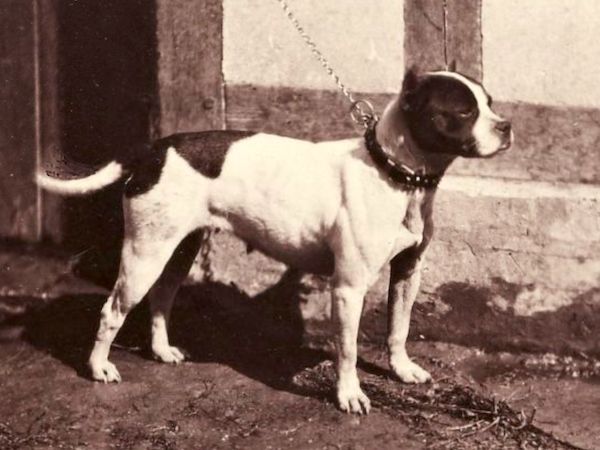
Bull And Terrier
Paris, 1863
ww1 Military Poster
1914
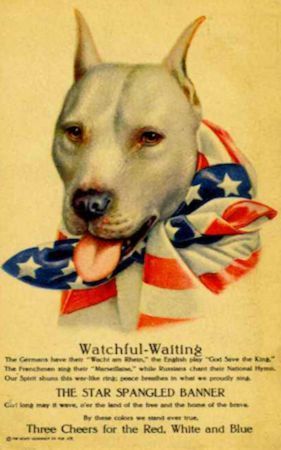
Pete The Pup
The Little Rascals, c.1930
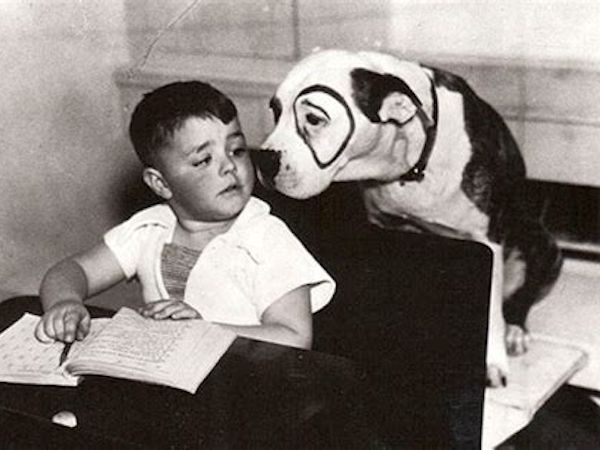
THE PITBULL UNICORN 🦄
Because the term 'pitbull' doesn't correspond to a specific breed, its precise definition is somewhat elusive, similar to a unicorn in the world of canine genetics. Although the pitbull-type category includes four recognized breeds, each with unique DNA signatures, most dogs labeled as 'pitbulls' are mixed-breed dogs. However, a dog's breed label is largely inconsequential. Whether a dog is labeled a 'pitbull,' a 'bulldog mix,' an 'American Pit Bull Terrier,' or simply a 'mixed-breed,' the label itself is not what's important, as just like people, all dogs are individuals. Instead, we'd argue that there's really only one label that accurately describes our pitbull companions: 'a wonderful dog.'
